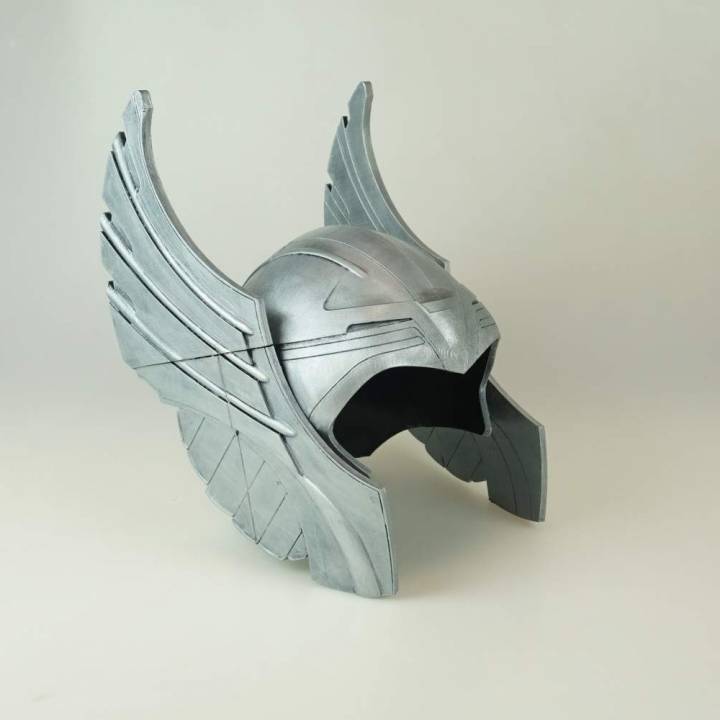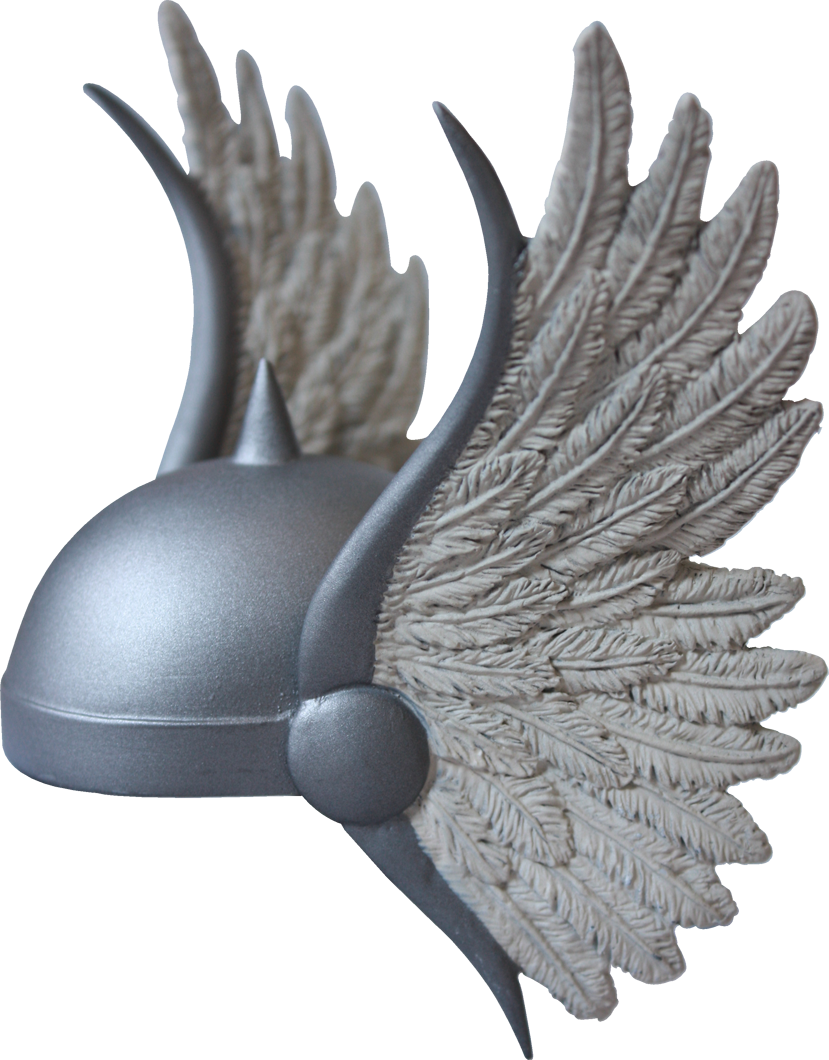
The folks at Orbea have come up with some aggressive looking molds that scream, “I’m wicked fast!” Right out of the box, I was impressed with its design. I was intrigued to try out the Orbea Odin never having much exposure to helmet brands beyond Specialized and Giro. The extra 61 grams of the Odin is not a sacrifice. For comparison, I weighed a Specialized S-Works size large at 307 grams. The result, however, is an impressively balanced, well-constructed, very comfortable helmet. The deeper profile, extra material, and additional padding, such as the additional padding on the rear size adjustors, add a few extra grams compared to other helmets in its price range. The Odin is marketed as a lightweight helmet, but never as the lightest helmet. Centered is the Odin (large) at 368 grams. On the left, the Thor (medium) weighed in at 306 grams. This helps even out the weight of the helmet and adds greater stability. The front straps are connected higher inside the helmet, and the rear straps are connected on the top of the head, mounted to the plastic support of the size adjusters. Unlike my private stock, the Odin’s chinstraps are not mounted directly to the bottom edge of the helmet. Two other impressive comfort features include the additional padding on the rear size adjusters, and the location of the chinstrap connections to the helmet. The areas around the blue pads allow excellent airflow around the head. Notice how the blue pads in the center of the helmet do not connect.

Instead, there are extra tiers in the underside that rest above the forehead and allow air flowing into the helmet to flow around your head inside the helmet, and not just over only the exposed areas of your head. Your head does not sit flush with the inside of the helmet in parallel sections. In addition to the obvious external air flow designs the Odin has a clever internal (inside the helmet, not inside the material) design as well. It didn’t bobble like many other helmets do. Even when loaded down with a headlamp during the BURN 24 Hour mountain bike race, the Odin felt impressively stable. It sits lower on my head, giving it a more secure, well-balanced feeling. Compared to my current helmet (same ~$200 MSRP), the Odin provides an entirely different, and appreciated, level of comfort.

Ultimately the helmet looks too serious to assume any design queues are a mistake, so I moved past the first date and really started getting to know it. I had to double check which end was the front and which was the rear. Unless you’re blind or shop with your eyes closed, the first thing you’ll notice about the Odin is the blunt front end and round body with sweeping, curving lines. Information on the little details, weights, photos, and our thoughts and feelings below…

It didn’t take months of riding to appreciate the comfort of Orbea’s subtle enhancements, but it did give us time to try and find something we didn’t like about the helmets, which collectively, was nearly nothing. We all immediately noticed the dramatic styling (a mix between awe-inspiring and goofy-looking) but promptly forgot it once the helmets were properly installed. Evan and I wore the Odin, and Matt wore the Thor (pictured above).Īfter comparing notes, we weren’t surprised to have had very similar experiences. After the initial announcement of the 2011 Orbea helmets (sizing, colors, and MSRP, and other information in this post) we grabbed a few for some hands on and heads in testing.


 0 kommentar(er)
0 kommentar(er)
